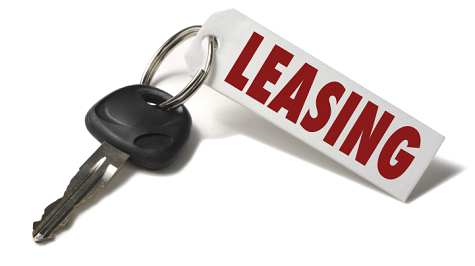Section 9-6: Leasing a Vehicle
Section 9-6: Leasing a Vehicle
Overview

 Leasing a car involves renting a vehicle for a set period, usually two to four years, with monthly payments. Unlike buying a car, where you own the vehicle outright after making all the payments, leasing allows you to use the car for the lease term, after which you return it to the dealership.
Leasing a car involves renting a vehicle for a set period, usually two to four years, with monthly payments. Unlike buying a car, where you own the vehicle outright after making all the payments, leasing allows you to use the car for the lease term, after which you return it to the dealership.
Here's a step-by-step guide to leasing a car:
Research Vehicles: Determine the type of car you want to lease, considering factors such as make, model, features, and budget. Research different leasing options to find the best fit for your needs.
Calculate Costs: Estimate the total cost of leasing, including monthly payments, down payment, taxes, fees, and insurance. Compare leasing costs to buying costs to determine which option is more affordable for you.
Check Credit Score: Leasing typically requires a good credit score, so check your credit report and score before applying for a lease. A higher credit score may result in lower lease payments and better lease terms.
Visit Dealerships: Visit multiple dealerships to explore leasing options and negotiate terms. Test drive different vehicles to ensure they meet your preferences and needs.
Negotiate Price: Negotiate the lease price, down payment, mileage allowance, lease term, and other terms with the dealership. Be prepared to walk away if you're not satisfied with the terms offered.
Review Lease Agreement: Carefully review the lease agreement, including all terms, conditions, fees, and penalties. Make sure you understand the lease terms, including mileage limits, wear and tear guidelines, and end-of-lease options.
Consider Additional Coverage: Decide whether you want to purchase additional coverage, such as gap insurance, extended warranties, or maintenance plans, to protect yourself and the vehicle during the lease term.
Make Initial Payments: Pay any required upfront costs, such as the down payment, security deposit, first month's payment, taxes, and fees, to finalize the lease agreement.
Drive Responsibly: During the lease term, maintain the vehicle properly and drive it responsibly to avoid excess wear and tear charges and mileage penalties.
End-of-Lease Options: Decide what to do at the end of the lease term, whether it's returning the vehicle, purchasing it outright, or leasing a new car. Follow the lease agreement's instructions for returning the vehicle, including any required inspections or repairs.
Leasing a car can be a convenient option for those who prefer lower monthly payments and the flexibility to drive a new vehicle every few years. However, it's essential to understand the terms and costs associated with leasing and to carefully review the lease agreement before signing.
Online Textbook Read Section 9-6: (Leasing a Vehicle)
